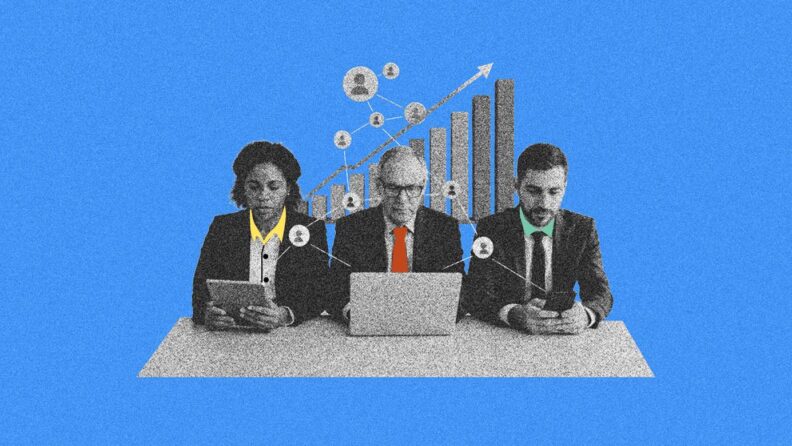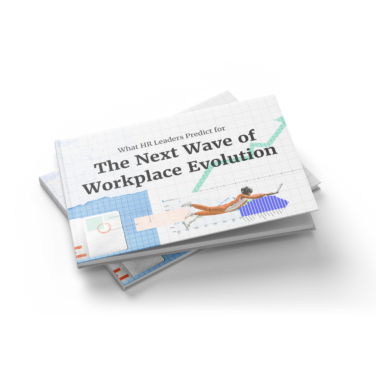I’ve spent over two decades in People & Culture roles, and if there’s one truth that’s only grown clearer over time, it’s this: you don’t win with tech alone — you win with people.
In tech, we love to chase shiny objects. AI tools, new productivity hacks, sleek platforms. But behind every great product or breakthrough innovation is a team of people who either feel empowered to do their best work — or don’t.
That’s why employee experience (EX) isn’t a perk. It’s not something you layer on once the “real work” is done. It is the real work. The companies that understand this? They’re the ones attracting, keeping, and growing the kind of talent others are scrambling to replace.
So how do you build a company where people actually want to stay?
EX Must Be a Business Priority
I’ve seen EX dismissed as “nice-to-have” — something fluffy for HR to manage on the side. That mindset is not only outdated, it’s dangerous.
When we made EX a formal part of our leadership scorecard, measuring engagement, voluntary turnover, and eNPS right alongside revenue targets, things changed. Conversations shifted. Leaders paid attention. And suddenly, a people strategy was a business strategy.
What I’ve learned: what gets measured gets focus. And what gets focus, gets results. You have to measure the right things. Engagement scores are a start, but dig deeper. Track time-to-productivity for new hires. Monitor internal mobility rates. Pay attention to the sentiment behind your reviews, not just the ratings.
EX is a Product You’re Constantly Improving
Imagine treating your employees the way you treat your best customers, listening deeply, iterating constantly, and refining every interaction to make it better.
That’s what the most innovative companies are doing with EX right now. It’s not about free snacks or ping pong tables. It’s about designing systems, from onboarding to performance reviews, that make people feel seen, supported, and successful.
Take onboarding, for example. Most companies treat it as a checklist: complete paperwork, attend orientation, meet your team. But what if you approached it like a user experience designer for HR? You'd map the emotional journey, identify friction points, and optimize for engagement at every step.
This is how we need to approach it. Because when people feel like the experience of working at your company was made for them, they don’t browse job boards. They build with you.
Stop Guessing
One of the most humbling lessons I’ve learned: leaders don’t always know what their people are experiencing.
Early in my career, I relied too much on instinct. But assumptions are risky. These days, we run open and transparent cultures, continuous feedback and listening programs, track sentiment in real time, and use simple frameworks like “Start, Stop, Continue” to stay honest about where we’re getting it right and where we’re not.
But the key isn't just collecting feedback, it's closing the loop. People need to see that their input leads to action, even if that action is explaining why certain changes aren't possible right now.
Bottom line: If you’re not hearing from your people directly, you’re managing in the dark.
Build for Real Life: Flexible, Personal, Scalable
There’s no one-size-fits-all anymore and that’s a good thing.
The pandemic taught us that people can be productive in different ways, at different times, and in different places. But it also revealed something deeper: when you give people autonomy over how they work, they often work better, not just differently.
People want (and need) different things:
- Remote options that actually work (not just permission to work from home with in-office expectations)
- Outcome-based goals that focus on impact rather than hours logged
- Mental health time that's genuinely encouraged, not just offered on paper
- Tailored learning opportunities that align with both company needs and personal growth
- Meaningful recognition that goes beyond generic programs, is rooted in company values, behaviors you want to see replicated, and a genuine sentiment of gratitude. I've said this many times- The behaviors you celebrate, are the ones you will replicate.
This is where technology can help, but only if you use it to create human-centered systems, not just automated checklists. The best HR tech amplifies human connection rather than replacing it.
Leverage AI and data to understand patterns, but don't let algorithms make decisions about people's careers or well-being
The Ripple Effect: How Great EX Transforms Everything
When you get employee experience right, one of the biggest impacts is on retention. According to data from Clevry, 79% of employees who quit their jobs cite a lack of appreciation as a key reason for leaving.
But beyond that, a good EX transforms how your company operates at every level.
I've watched this transformation happen and some pretty amazing things happen:
- Teams that felt genuinely supported during tough product launches stayed late not because they had to, but because they wanted to.
- Departments that felt heard and valued proactively identified process improvements.
- Individual contributors became leaders because they were given space to grow.
The business impact is real and measurable, but it often shows up in unexpected ways, whether it's faster decision-making because people trust each other, better customer relationships because employees actually believe in what they're selling, or stronger innovation because people feel safe to experiment and fail.
Look After Your People to Look After the Business
The war for talent isn't over, it's changing. Remote work has expanded the talent pool, but it's also expanded the competition. AI is automating routine tasks, making human creativity and collaboration even more valuable. Gen Z is entering the workforce with different expectations about purpose, growth, and work-life integration.
And in this new era, EX is your edge. It's not enough to have competitive salaries or cutting-edge technology. People want to work somewhere that invests in their whole experience, not just their output.
Get it right, and you'll build a culture people are proud to be part of. Get it wrong, and even your most talented employees will quietly disengage or walk out altogether.
I've seen both. And I can tell you the difference starts at the top, but it's sustained by every manager, every process, and every interaction that either reinforces your values or undermines them.
What's Next?
Want more insights and tips from HR leaders? Sign up for the People Managing People newsletter and you'll get all the latest articles, podcasts, event invitations and more, straight to your inbox.



